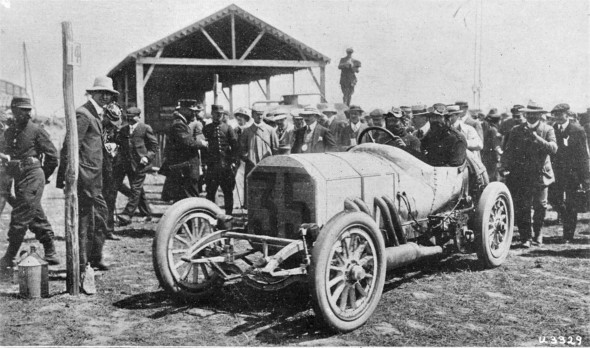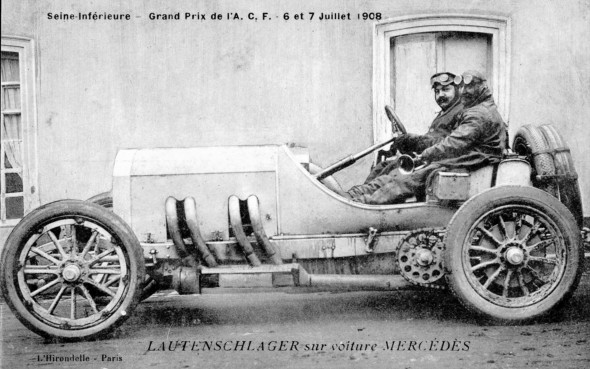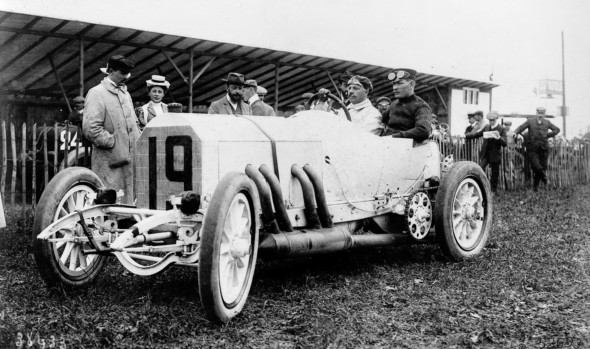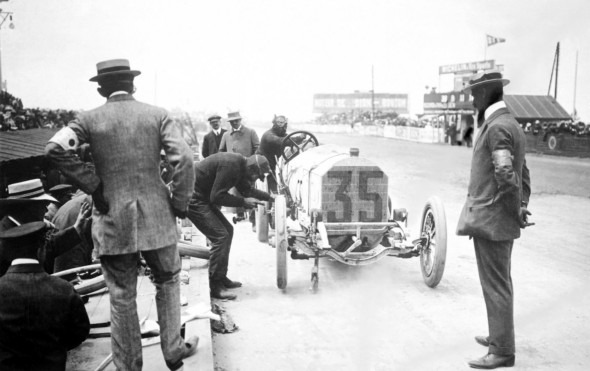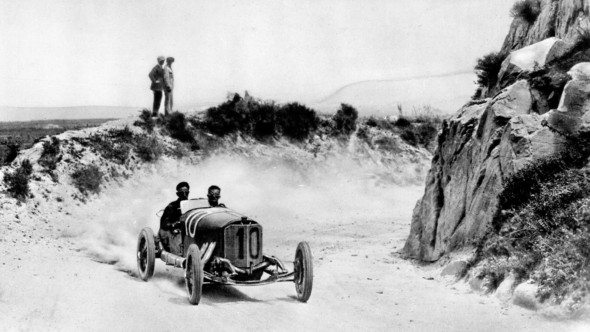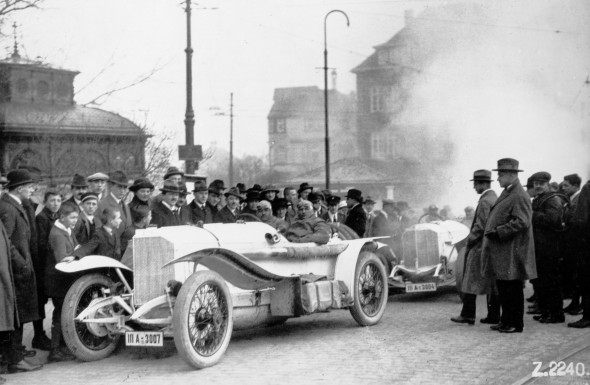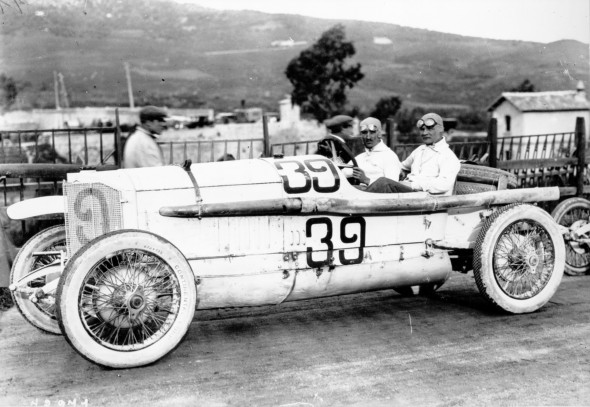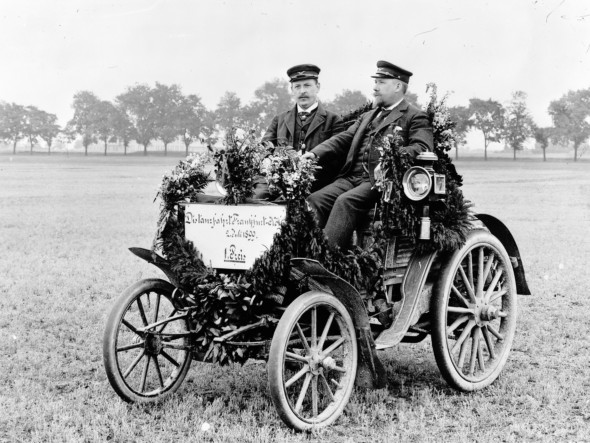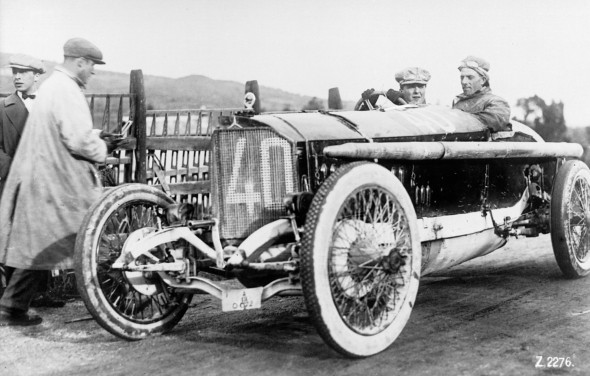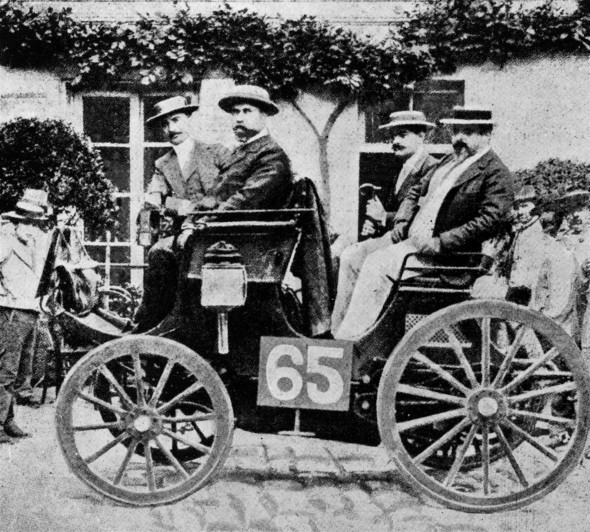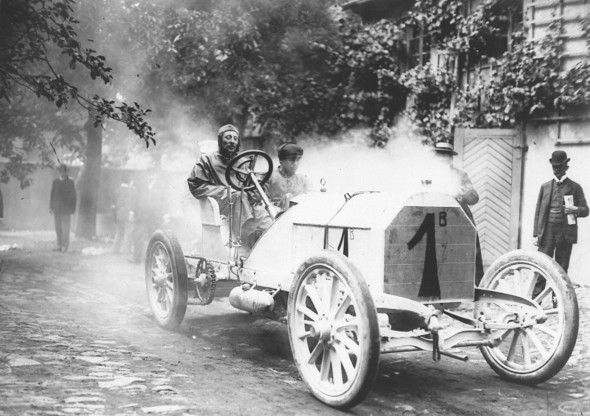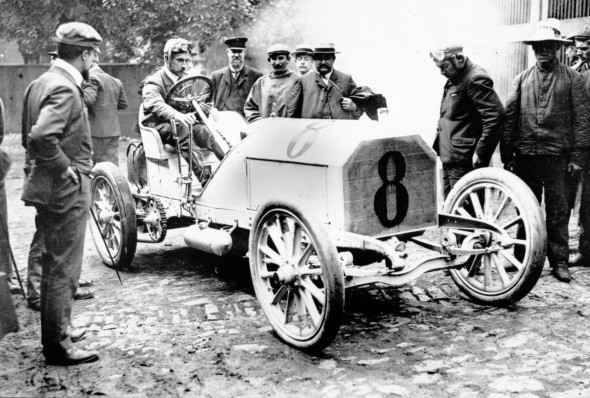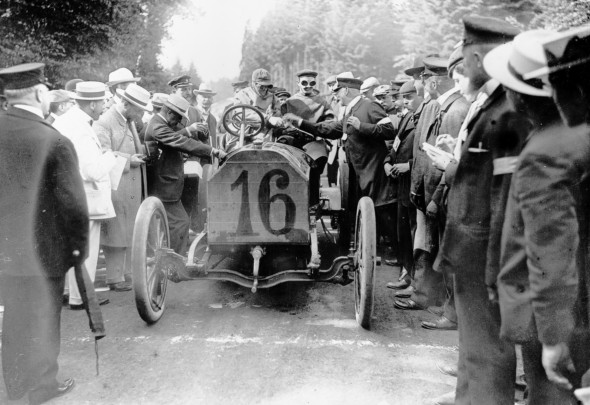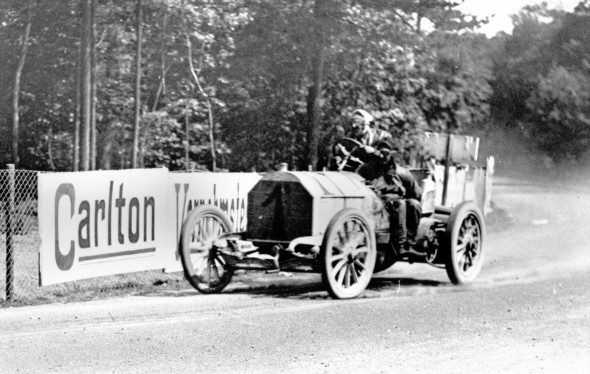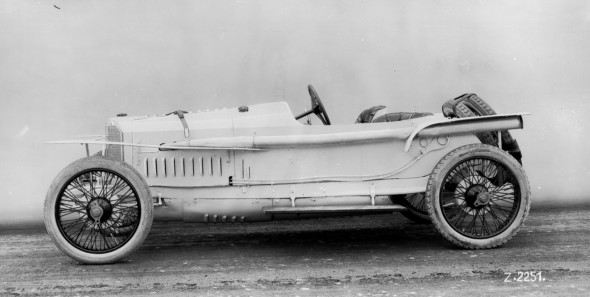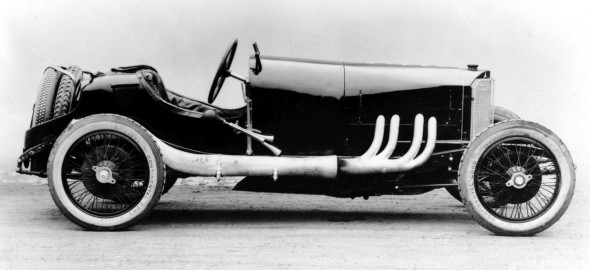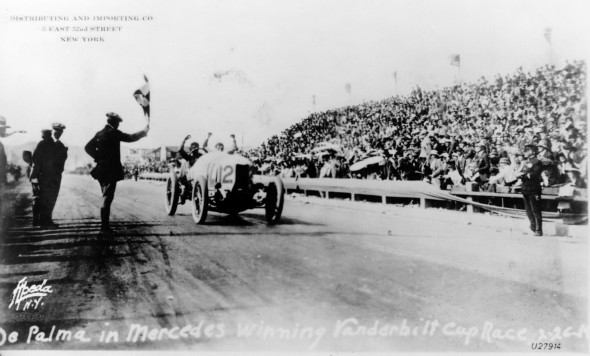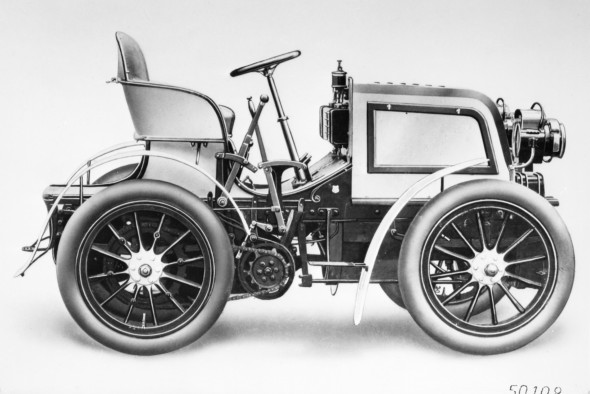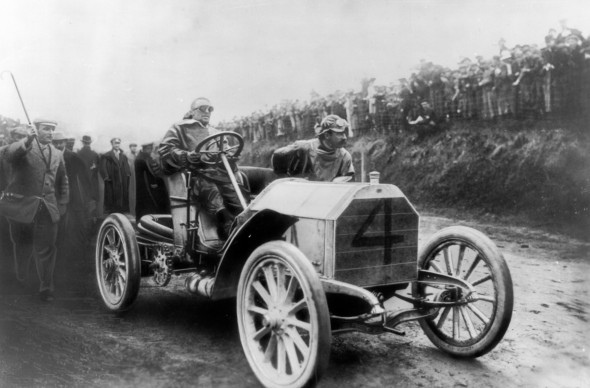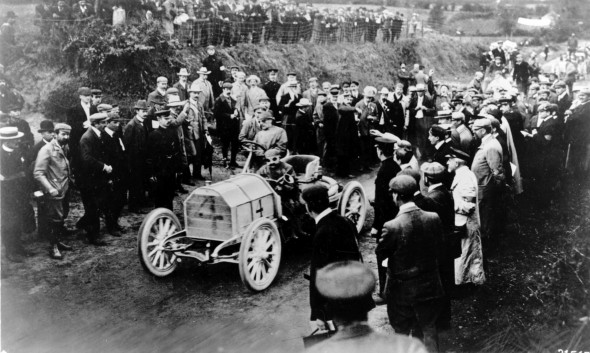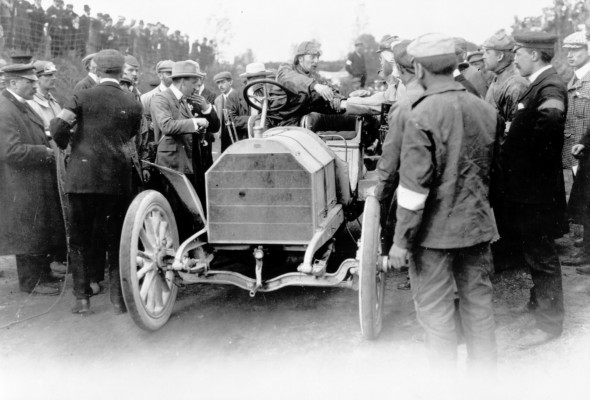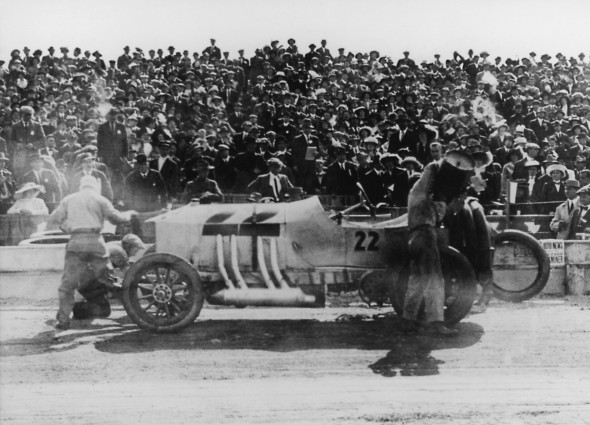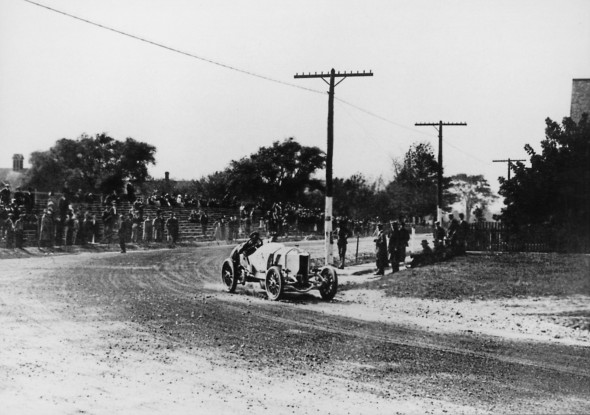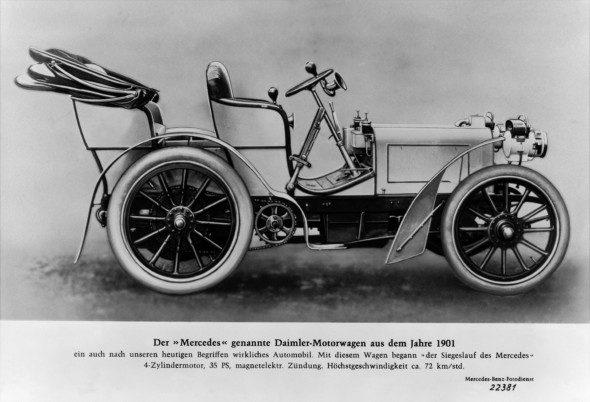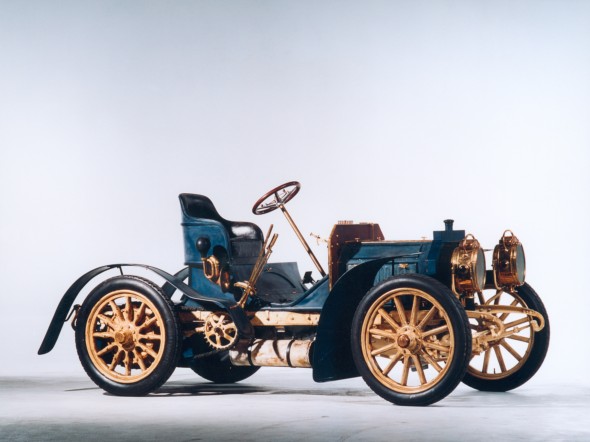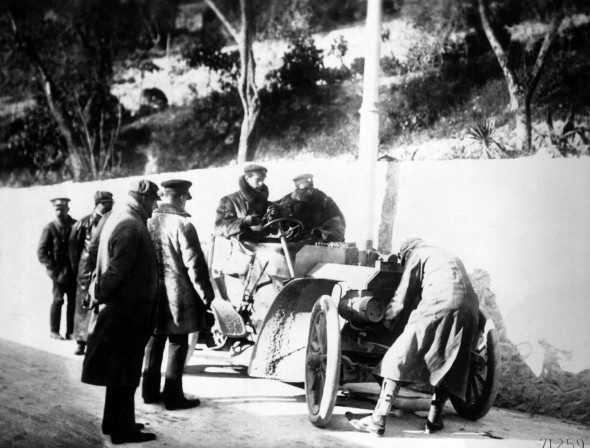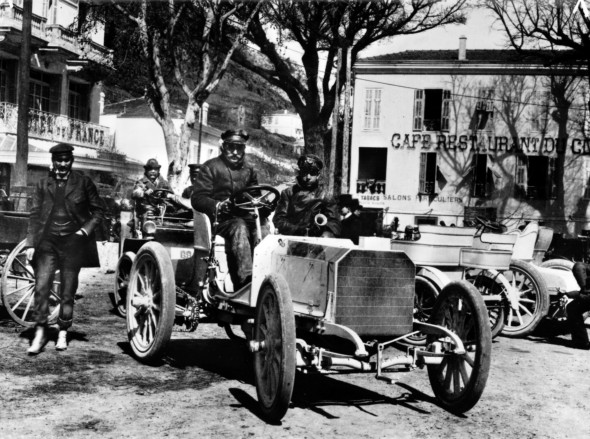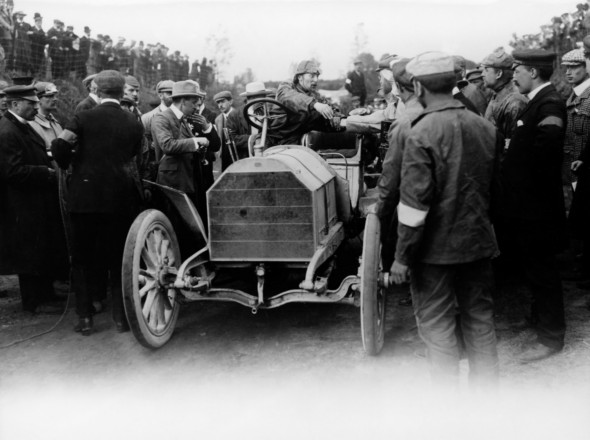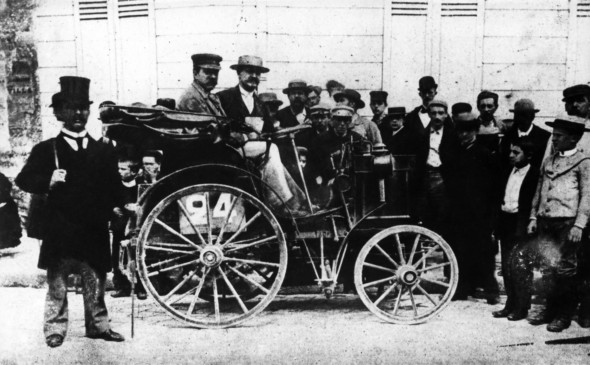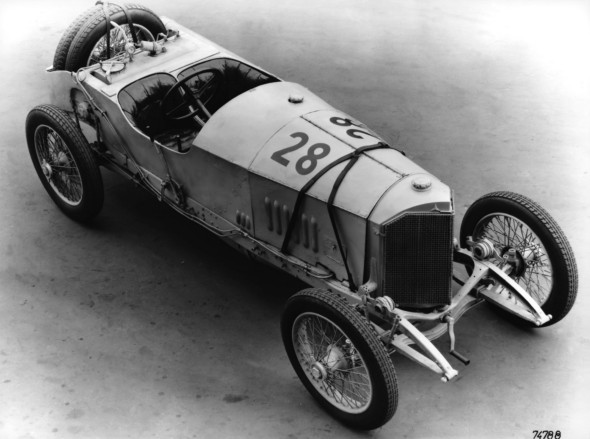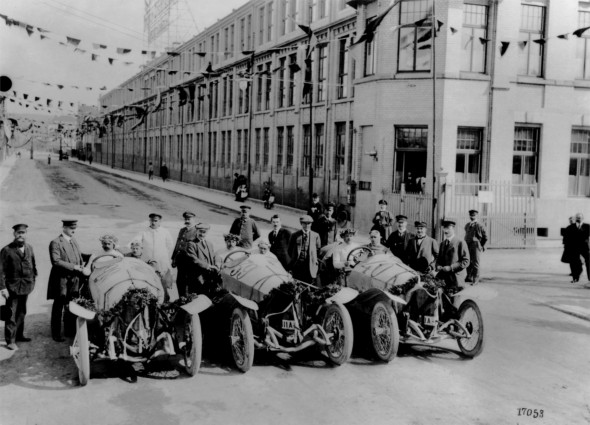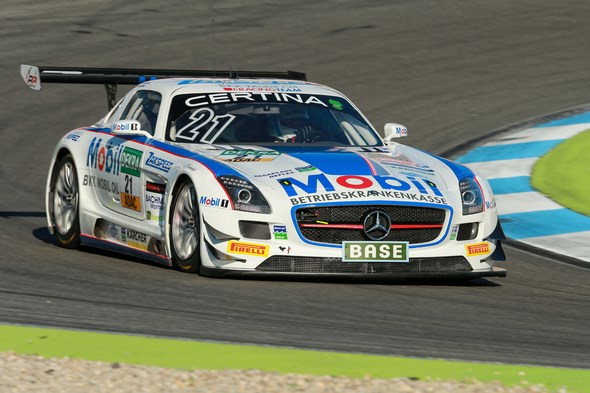Motorsport is Mercedes-Benz automotive history

- Productive interaction between commitment to sports and the brand’s top-quality production cars
- Engineering competence and the excitement of competition
Stuttgart. From the first car race in history to the win of the Formula 1 championship by Lewis Hamilton in 2008, the racing activities of Mercedes-Benz tell a success story which has its roots in the early days of the automobile. Since the 19th century, again and again the racing cars, racing sports cars and rally cars from Stuttgart can be found at the head of the pack in sporting competition.
Innumerable victories bespeak innovative engineering, the drivers’ ever-present will to win, and an efficient team. Outstanding moments in the brand’s racing history are, for example, the participation in the world’s first car race ever in 1894, the first Grand Prix victory in 1908, the post-1922 supercharged car era, and above all the Silver Arrow era – these are the foundations on which the current victories in the Formula 1 and the German Touring Car Masters (DTM) are based.
It is not possible to view the phenomenon of racing successes detached from the everyday work in laboratories, workshops and production bays. On the contrary, motorsport is productively interrelated with top-quality products in all other segments: experience from the development of competition vehicles enters into the series, and the skills of the engineers from the comprehensive product portfolio of the global brand Mercedes-Benz and its predecessor enterprises furnish inspiration for improving the racing cars.
Particularly impressive is the direct exchange of engineering and know-how that could be observed during the first decades of motor racing. But in the larger context this interaction still can be found today. Engineering competence pairs up with the excitement of competition in the commitment to motor racing. The entire environment is marked by challenges. In the global environment, customer wishes and markets, too, change, and the company continuously adapts.
Many technical innovations which open up new vistas in car manufacture have their roots in visionary developments of the racing engineers. People and cars are the brilliant protagonists of racing. But without the team and the brand, neither top drivers nor the best racing cars can win. In motorsport, therefore, every race demonstrates anew what really goes to make a front runner: the collective performance. Team, technology and tactics must smoothly dovetail.
And so the importance and excitement of racing does not end when the chequered flag is waved: a brand like Mercedes-Benz that fully commits itself to motorsport and gains victories promotes its own products far beyond the racing circuit.
This knowledge is well established at Mercedes-Benz and its predecessor brands. The Benz annual report of 1907/08 writes: “We consider the extra cost of racing an absolute necessity to defend the position which is due our make in international competition.
” Motorsport as leitmotif of brand history In its early days in the outgoing 19th and early 20th centuries, the automobile already demonstrated its performance and reliability in first competitions. Vehicles from Daimler and Benz took part in all the famous events in Europe and other countries around the world. They won races and broke one speed barrier after another in record-setting runs. An impressive example of this is the first Mercedes of 1901.
Or the Benz 200 hp record-breaking car which in 1909 became the first automobile to exceed the magic mark of 200 km/h, held the land speed record of 228.1 km/h from 1911 to 1924, and was honoured by being called ‘Blitzen-Benz’, the Lightning Benz. The merger of Daimler-Motoren-Gesellschaft (DMG) with Benz & Cie. in 1926 to form Daimler Benz AG also brought about the merger of the racing activities of the two brands.
The supercharged Mercedes-Benz sports cars dominated this period in the late 1920s, winning all major events. The model series of the K, S, SS, SSK and SSKL family went down in motorsport history as ‘white elephants’. The Silver Arrow era lasted from the 1930s to 1955, interrupted by the Second World War. Under the ‘Silver Arrow’ name the brand historians subsume a whole family of racing cars, record-breaking vehicles and racing sports cars which were distinguished by a silver-coloured body and superb engineering.
Prior to the war Mercedes-Benz with its Silver Arrows dominated the European Grand Prix scene. The Silver Arrow renaissance came after 1952 with the 300 SL racing sports car and, finally, back-to-back wins of the Formula 1 world championship in 1954 and 1955 with the W 196 R, and victory in the sports car world championship with the 300 SLR (W 196 S) in 1955.
In the face of the great challenges raised by the development of new passenger cars, after 1955 the Stuttgart brand withdrew from motorsport for several years. But private teams, supported by Mercedes-Benz, carried on the motor racing tradition of the Stuttgart brand, especially in international rallies.
Very different model series provided for the highlights, for instance the W 111, C/R 107, W 115/114 (‘Stroke Eight’), W 113 (‘Pagoda’) and the G model. In addition, record-breaking vehicles emerged again and again, partly based on research cars like the C 111, and partly derived from production cars (190 E 2.3-16 Nardo, 1983). In the 1980s Mercedes-Benz returned to the racing circuits, initially with Group C racing sports cars and racing touring cars.
In the DTM/ITC Mercedes-Benz was three times champion and four times runner-up between 1986 and 1996. In 1994 Mercedes-Benz returned to Formula 1, with Mercedes-Benz driver Mika Häkkinen winning two driver’s world championships (1998 and 1999) and McLaren-Mercedes one constructors’ world championship (1998). Since 2000, Mercedes-Benz also competes in the new DTM, taking overall victory in 2000, 2001, 2003, 2005 and 2006.
In 2003 the team even swept the first three places, with Bernd Schneider as overall winner followed by Gary Paffett and Christijan Albers. More than a century of motorsport under the three-pointed star: the history of Mercedes-Benz is inseparably linked with the history of motor racing.
And in retrospect the sporting involvement and aspirations repeatedly proved to be a driving force for the rapid advancement of motor vehicle technology. Viewed in that light, motorsport always opens a window on the future too.

